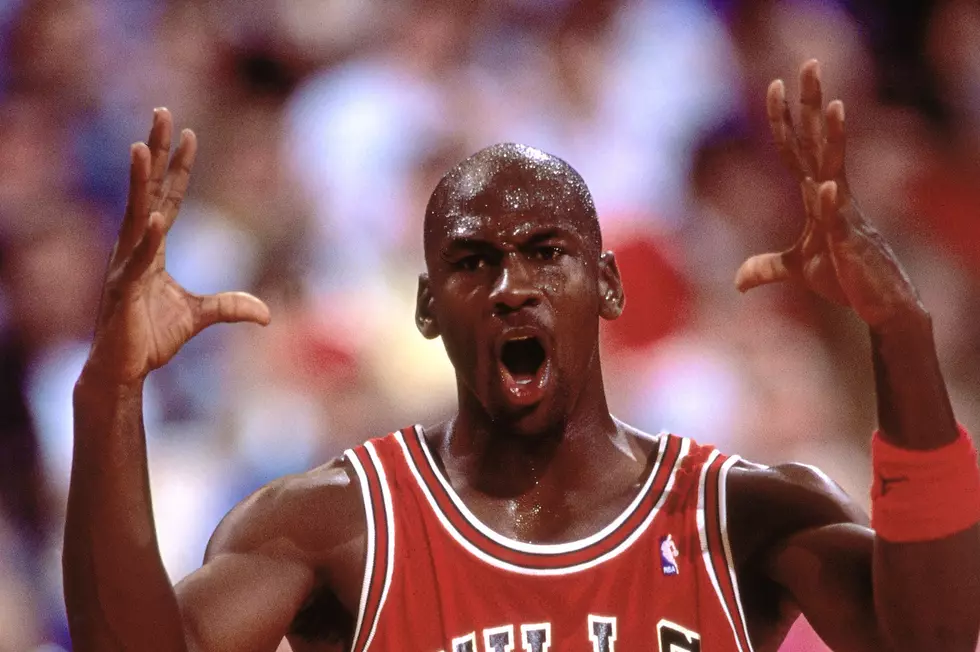
ESPN’s ‘The Last Dance’ Is Essential Quarantine Viewing
“My name’s Michael Jordan, I played with the Bulls from ’84 to ’98.”
These words open The Last Dance, ESPN’s new ten-part documentary series about Michael Jordan and his Chicago Bulls. Even the notion of Jordan introducing himself on camera is absurd. Michael Jordan’s jersey number is famous. His tongue is famous. His shoes are famous. (His name is almost synonymous with a shoe at this point.) His silhouette as he jumps in the air is famous. Even 17 years removed from his playing career in the NBA, there aren’t too many people on the planet more famous than Michael Jordan. And here is Jordan in 2020 in The Last Dance, still looking much the same as he did in his astonishing prime 25 years ago. If ever someone needed no introduction, it’s this guy.
The choice to have Jordan introduce himself speaks to the wry sense of humor that pops up occasionally throughout The Last Dance. At one point, Barack Obama appears in the film to describe Jordan’s impact on Chicago when he first arrived in the city in the mid-1980s; the former President of the United States is described in an onscreen title card as “Barack Obama, Former Chicago Resident.” When Bill Clinton shows up talking about a young Scottie Pippen, he’s called a “Former Arkansas Governor.” In a memorable early scene, Jordan’s mother Deloris reads a letter a penniless MJ wrote her while he was in college, begging her to send him spending money and stamps — and then director Jason Hehir plays the now 57-year-old Jordan that footage on an iPad, to his obvious delight. While the overarching story told by Jordan, his teammates, and others in the Chicago Bulls organization was as intense and important as it got when they were living it, the intervening years have mellowed many of the hurt feelings and rivalries, and allowed almost everyone involved to look back on their highs and lows together with an collective sense of understated amusement.
Well-structured flashbacks take viewers through Jordan’s entire life and career — and later episodes also expand the focus to look at other key members of the great ’90s Bulls — but The Last Dance’s organizing principle is the journey of the 1997-98 Bulls team. That group was coming off the franchise’s fifth NBA championship in seven years, but still faced enormous adversity. One of its stars, Scottie Pippen, was criminally underpaid and chose to sit out the first part of the season in order to surgically repair and rehab a nagging injury. Meanwhile, general manager Jerry Krause wants to break up the team despite its continuing success. He wants to start by showing coach Phil Jackson the door.
Eventually, Bulls owner Jerry Reinsdorf convinces Jackson to stay — but Krause decrees this will be Jackson’s final year as Bull coach no matter what. Jackson, who gave each season with the Bulls a theme, then dubs the ’97-’98 campaign “The Last Dance.” Can Jordan and the Bulls win it all one last time?
The Last Dance will ultimately tell the Bulls and Jordan’s story across ten hourlong episodes. The first three I have watched are all terrific. The ’97-’98 Bulls allowed unlimited access to a camera crew, and that footage forms the spine of Hehir’s film. There are fascinating glimpses of Jordan, Jackson, Pippen, Dennis Rodman, and others dealing with the media, autograph hounds, and the pressures of NBA life on and off the court. And all of those men are interviewed extensively in the present — along with many more journalists, players, coaches, league executives, and historians. It’s a start good enough to make me hope that when all is said and done The Last Dance will be considered the most comprehensive sports documentary since ESPN’s O.J.: Made in America.
Although Hehir also explores the lives of other Bulls, Jordan is never too far from The Last Dance’s center. His interviews are all conducted in these cavernous living rooms full of light that I have to assume are in his home (or homes). The sheer size of these spaces makes Jordan’s audio a little echoey, with his voice bouncing around the room and through all the old footage of the ’98 Bulls. Intentional or not, it has an interesting effect on the film, giving Jordan an even larger than life — and almost godlike — presence onscreen. Extensive archival footage of Jordan in action hitting one impossible shot after another does nothing to diminish that impression.
In those old clips, Jordan didn’t make basketball look easy; he made it look effortless. But the rest of The Last Dance shows very clearly that despite his incredible natural talents, Jordan’s most important gift was his work ethic. He practiced, studied, trained, and learned nonstop, and demanded the same intensity from everyone around him. He did whatever he needed to do to win. As one former coach puts it, “Michael Jordan’s the only player that could ever turn it on and off. And he never freakin’ turned it off.”
That message that hard work pays off is a pretty valuable one right now. (So is Jordan’s refusal to quit under any circumstances and his commitment to team excellence and his sense of personal responsibility.) More importantly, with almost every professional sport on the planet — along with the entire theatrical movie industry — currently shut down, a basketball film this good (not to mention this long) is a godsend.
The Last Dance premieres this Sunday, April 19 on ESPN at 9PM. New episodes follow each Sunday night.
Gallery — DVDs and Blu-rays That Are Still Valuable:
More From WRRV-WRRB
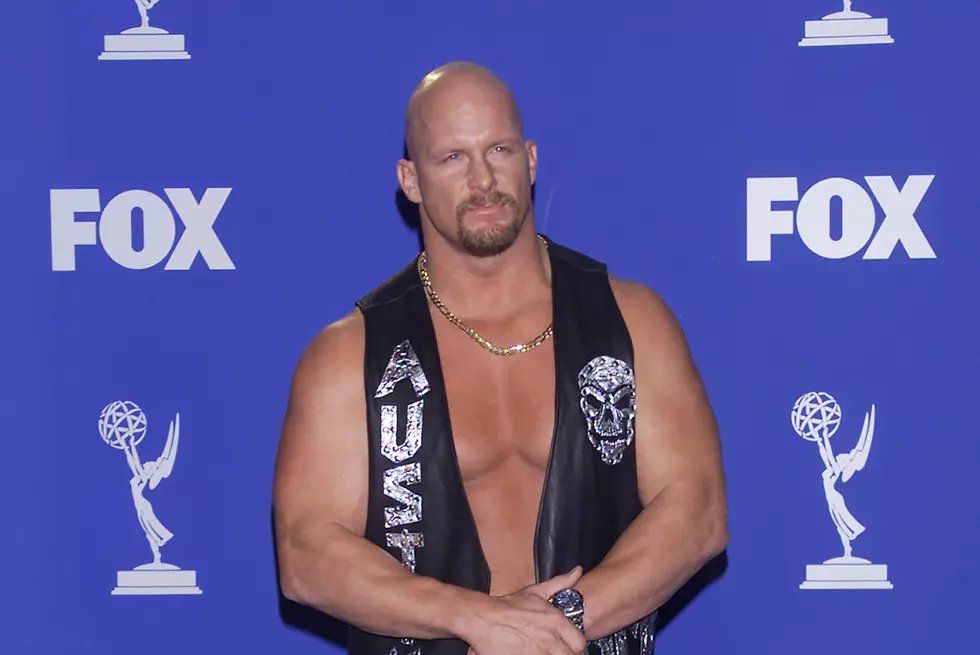
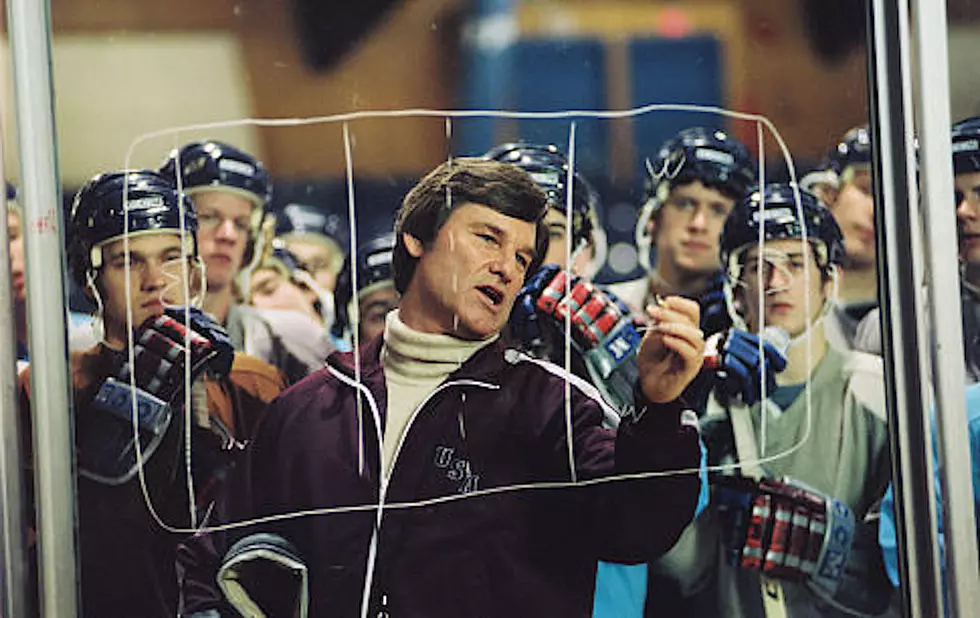

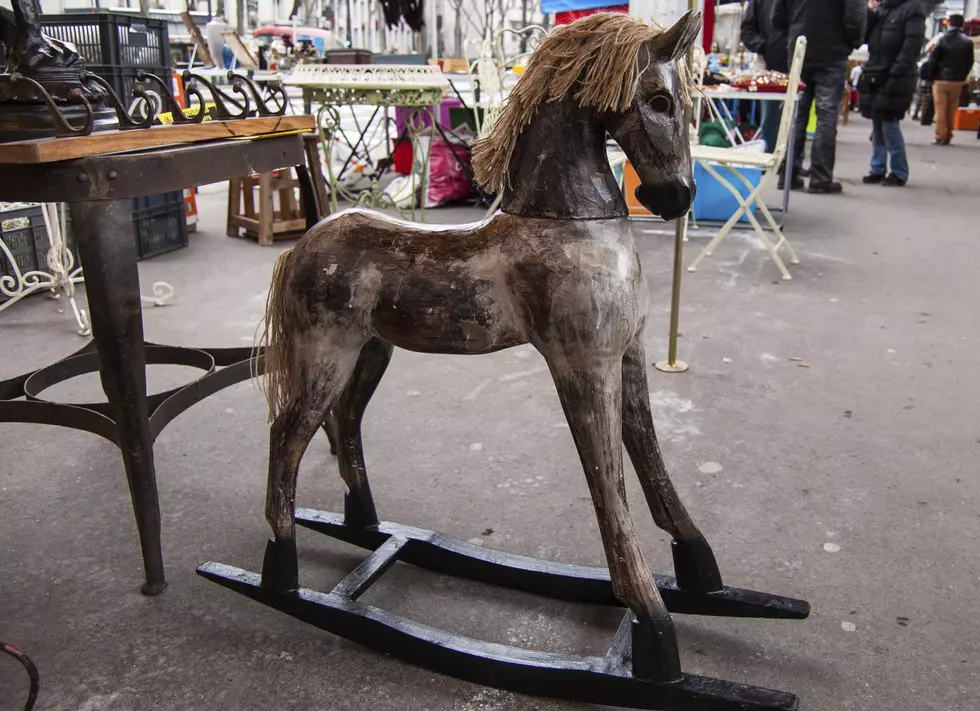

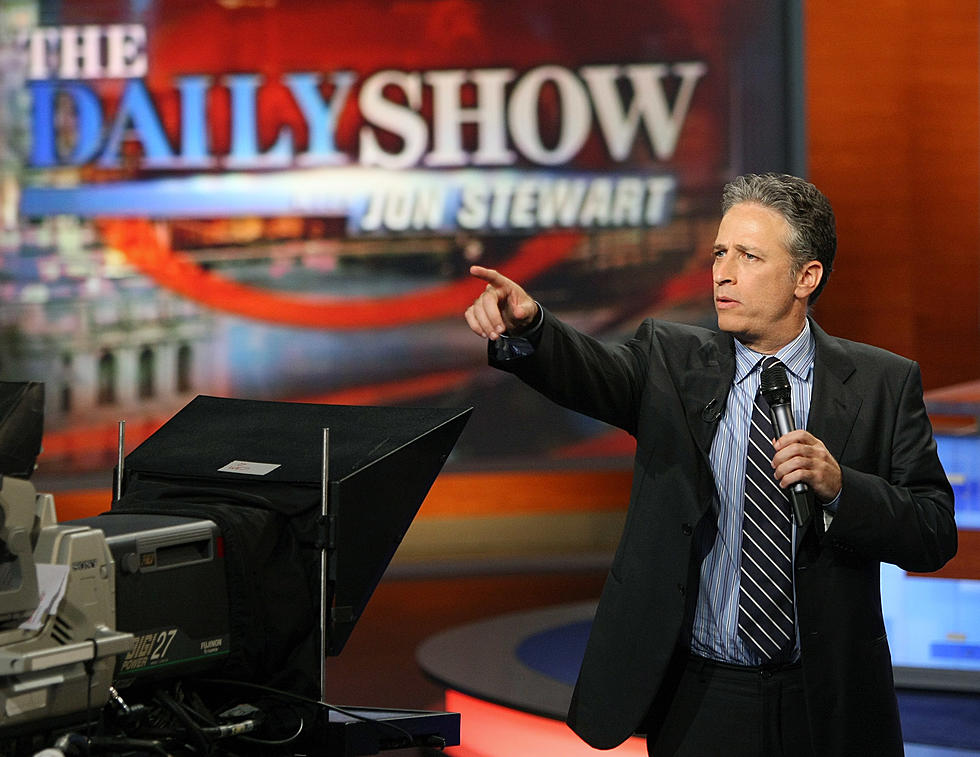
![Watch This Guy Recite the Last 60 World Series [VIDEO]](http://townsquare.media/site/758/files/2014/05/Baseball.jpg?w=980&q=75)
![Will Football Exist in Five Years? [AUDIO]](http://townsquare.media/site/704/files/2014/09/130024733.jpg?w=980&q=75)

